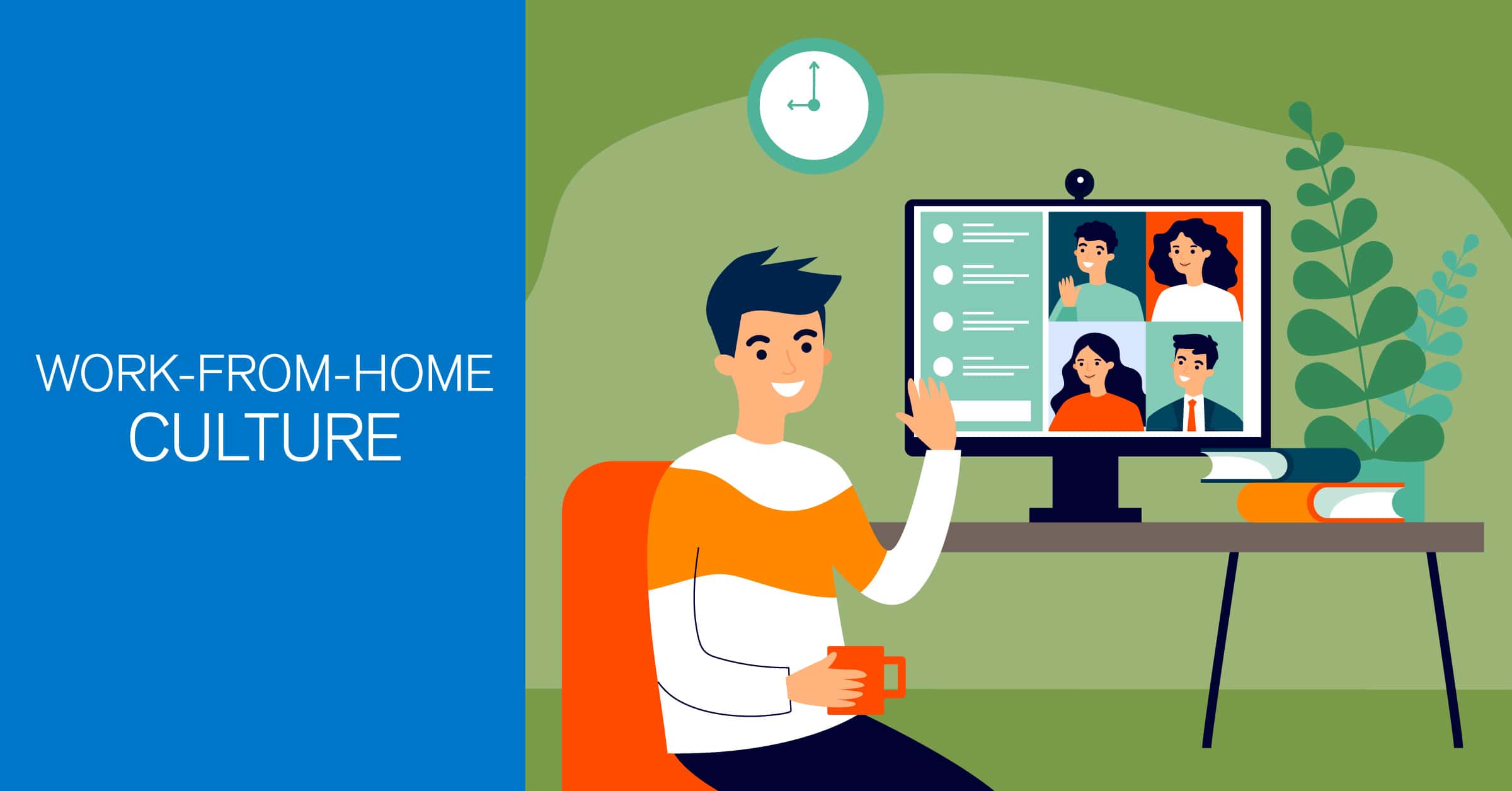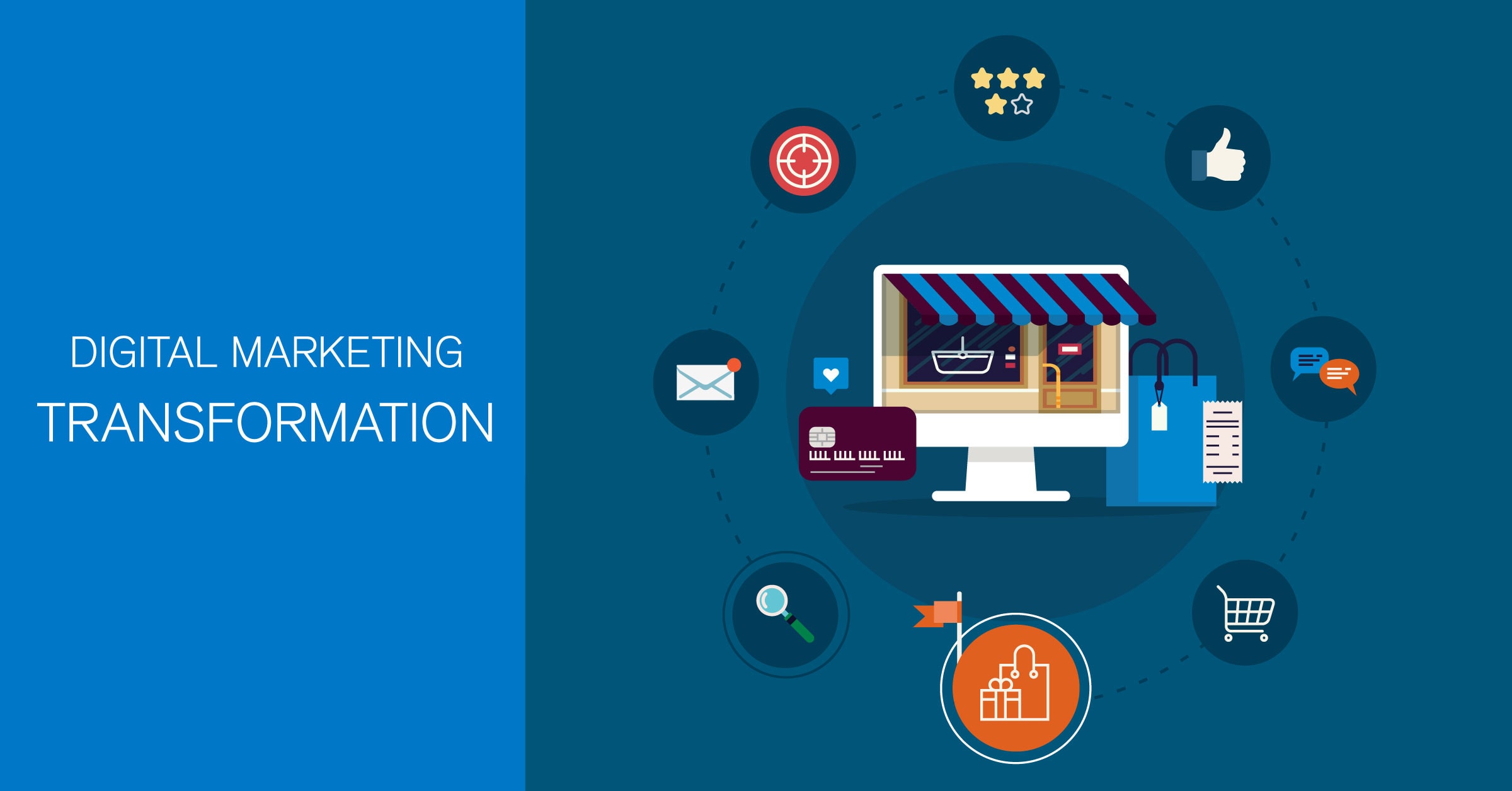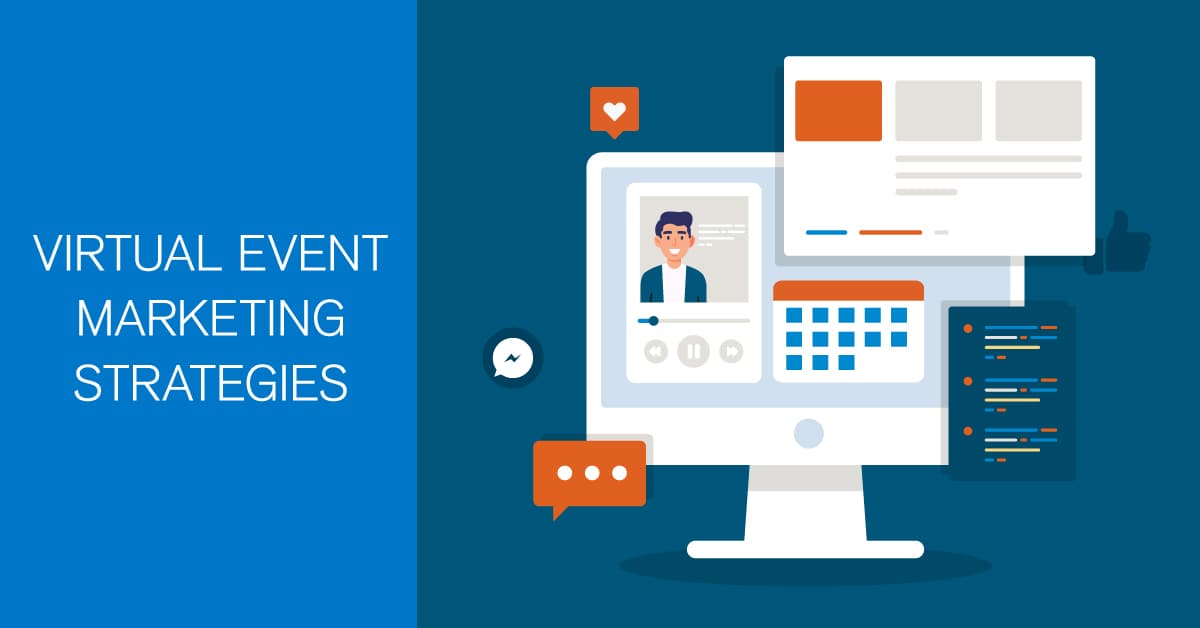How coronavirus will continue to shape consumer trends
As the United States navigated the COVID-19 pandemic, debate focused on whether to enforce stay-at-home orders or re-open economies. The underlying assumption was that if businesses re-open, consumer behaviors would return to pre-coronavirus levels. Too often left out of this debate was whether consumers felt the same way. This data is critical: According to the Wall Street Journal®, two-thirds of the economy is based on consumer spending.
So, taking a page from the baseball classic Field of Dreams, we spent the last year asking: If you re-open it, will they (consumers) come? To help you strategically navigate your organization through the pandemic, we kept our pulse on the factors that affected consumer buying intent.
Now, a little more than a year after the first stay-at-home orders went into place, we take a look at how COVID-19 may have changed consumer behavior—and how we do business—for years to come.
Consumer confidence trends upward as vaccinations increase, stimulus arrives
Consumer confidence went through five distinct phases between March 2020 and March 2021—the worst last fall in response to skyrocketing COVID-19 cases and the election. Now that a third stimulus package has hit bank accounts, confidence has improved significantly, especially among those making $100,000 or less. At the end of March, consumer confidence index neared 100 from a low of 80 and highs between 110 and 120 before the pandemic.
Recovery for hard-hit consumers may take three years
Of course, how quickly we recover is yet to be determined. And recovery will likely look different depending upon your situation. Those most likely to have lost a job—lower-income, minority or under 30 Americans—may take longer to bounce back. In fact, a Pew Research Center® study showed 44% of those who are financially worse off because of the pandemic think it will take them three years to recover.
Pandemic buying trends: We may never shop the same
During typical years, ecommerce sales have increased between 13% and 18% annually. Then 2020 came along with its stay-at-home orders and changed all that. Ecommerce sales increased 32.4% between 2019 and 2020, the highest jump since data has been tallied. Now that we’ve gotten a taste of how easy—and satisfying—online shopping can be, it’s likely this trend is here to stay. It’s estimated that 25% of all retail sales will happen online by 2022. Retailers’ challenge now turns to keeping stock available for delivery or pickup as well as making returns easier.
Going virtual: Pandemic lessons learned
Among the lessons from the pandemic was learning how to live, work and play virtually. As it turns out, some of the pandemic lessons learned probably should have been the norm long before 2020.
Get creative
When doors closed literally and figuratively in spring 2020, many businesses had to get creative if they wanted to stay relevant and stay afloat. From breweries that began online subscription services to massage therapists who virtually talked clients through at-home relief options, businesses had to adapt, fast. Even companies that stayed open had to learn how to sell and build relationships virtually. It’s expected that virtualization is the future, so businesses need to keep virtual options available. As one Forbes® Business Development Council member put it: “Your customers not only want it, but also expect it.”
Your employees want time away from the office
When most of America was sent home to work, the debate began about the office’s future. While remote workers noted some challenges, namely the inability to unplug, lack of collaboration with colleagues and loneliness, it turns out home is, well, home sweet home. In a state of the workplace report, a whopping 97% of people say they want to work remotely at least some of the time and cite flexibility of working when and where they want. While businesses will need to address employees’ at-home struggles, the pandemic has likely changed how—and where—we work.
Despite all the tech, relationships matter
Messaging may have been done through websites and social feeds more so than face-to-face, but that doesn’t mean consumers didn’t want to build relationships. One way or another, the pandemic put all of us into uncharted territory—and for many consumers, it was a scary time. Businesses that came out ahead did so by leading with empathy. Consumers want to feel special and heard. If they could rewind to last March, many businesses say they would be better partners to their customers.
Telehealth: A growing consumer trend
We may have stayed home, but our need for routine healthcare didn’t change. And that meant consumers—and the healthcare industry—had to adapt quickly. Here’s what the change looked like for one hospital: At Cincinnati Children’s Hospital Medical Center, there were 2,000 telehealth visits in 2019. In July 2020, the hospital recorded 5,000 in one week alone. Before the pandemic, about 10% of patients used telemedicine. Now, the hospital’s CEO predicts telehealth will account for 30% of all visits in the future.
Consumer confidence begins to fuel hospitality
When it comes to leisure and travel, consumers have pent-up demand. It may take time to act on it. In a new poll, 63% of adults say they are excited to take a vacation, but only 29% feel comfortable flying. With vacationers likely taking road trips, at least until the pandemic is further under control, the hospitality industry will continue to adapt and need to convince consumers of safety measures.
While there is some glimmer of light for consumer travel, the future of business travel is still hazy. During the pandemic, businesses realized travel wasn’t vital—work got done and relationships were built remotely. Businesses that relied on sales from trade shows and conferences pre-pandemic will need to continue to find ways to connect virtually. Experts predict business travel will meet a similar fate as after the 2008-09 Great Recession. It took five years for business travel to recover. 2021 business travel is expected to be half of what it was in 2019, and many executives believe it will never reach 2019 levels again.
Think of consumer behavior as the Wizard of Oz, driving our economy behind the curtain. And what have we learned from the pandemic and related consumer confidence? To prepare for uncertainty and listen to our customers. If you’d like help positioning your business strategically for the future, we’d love to help. Let’s talk!




